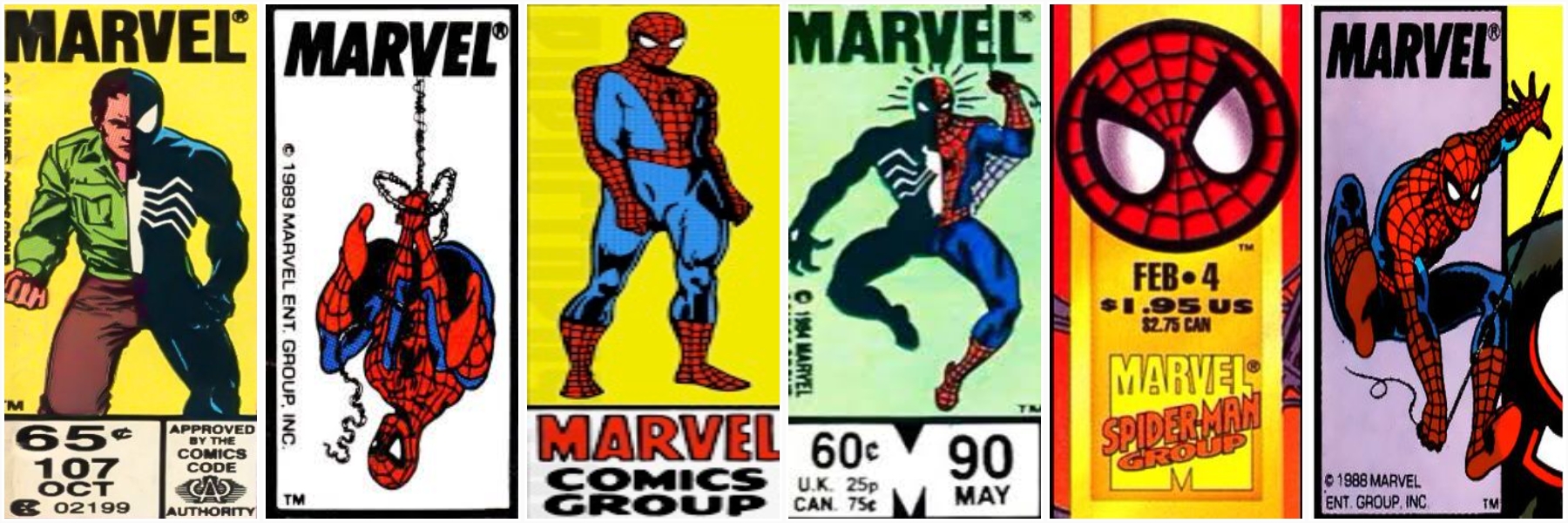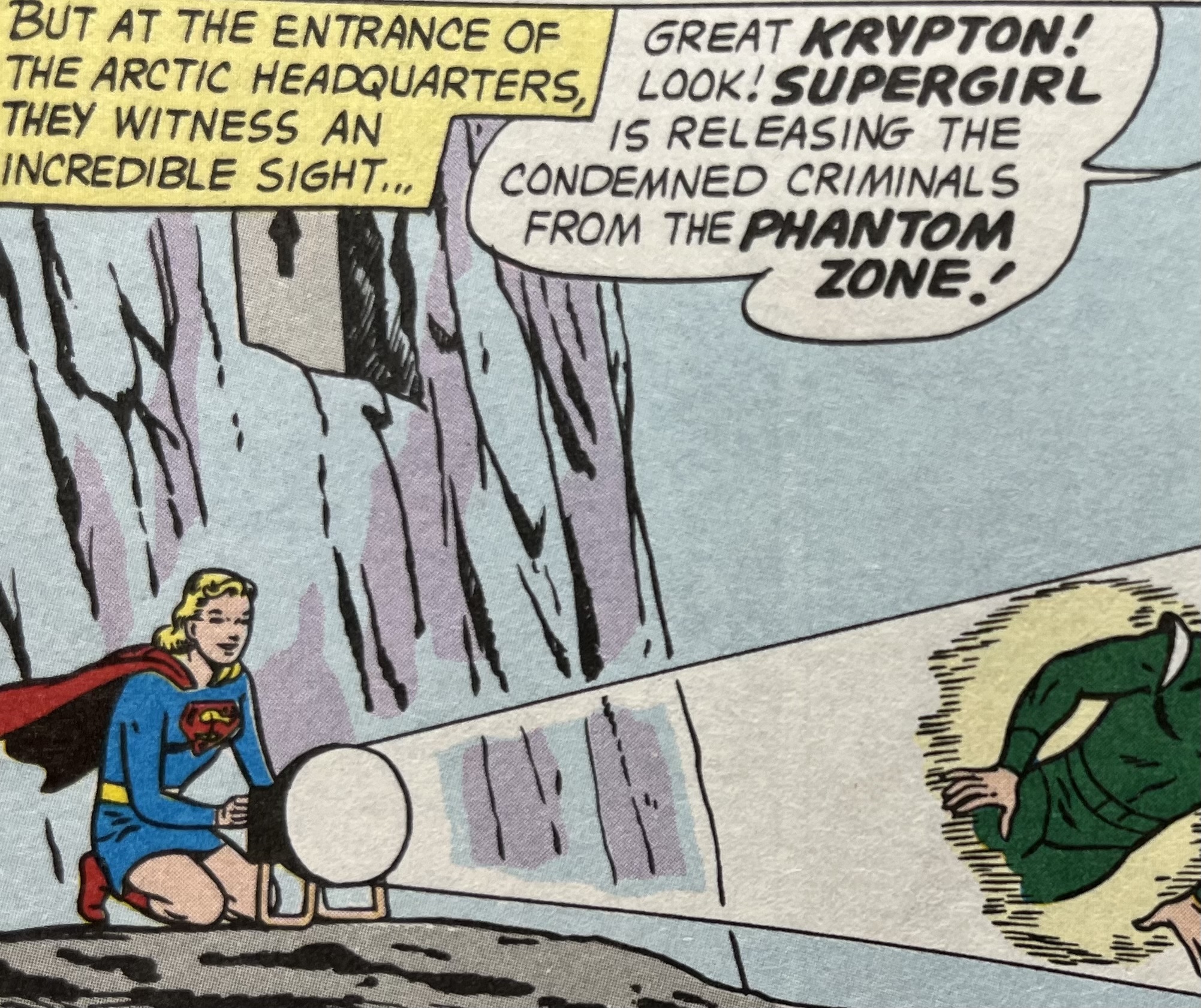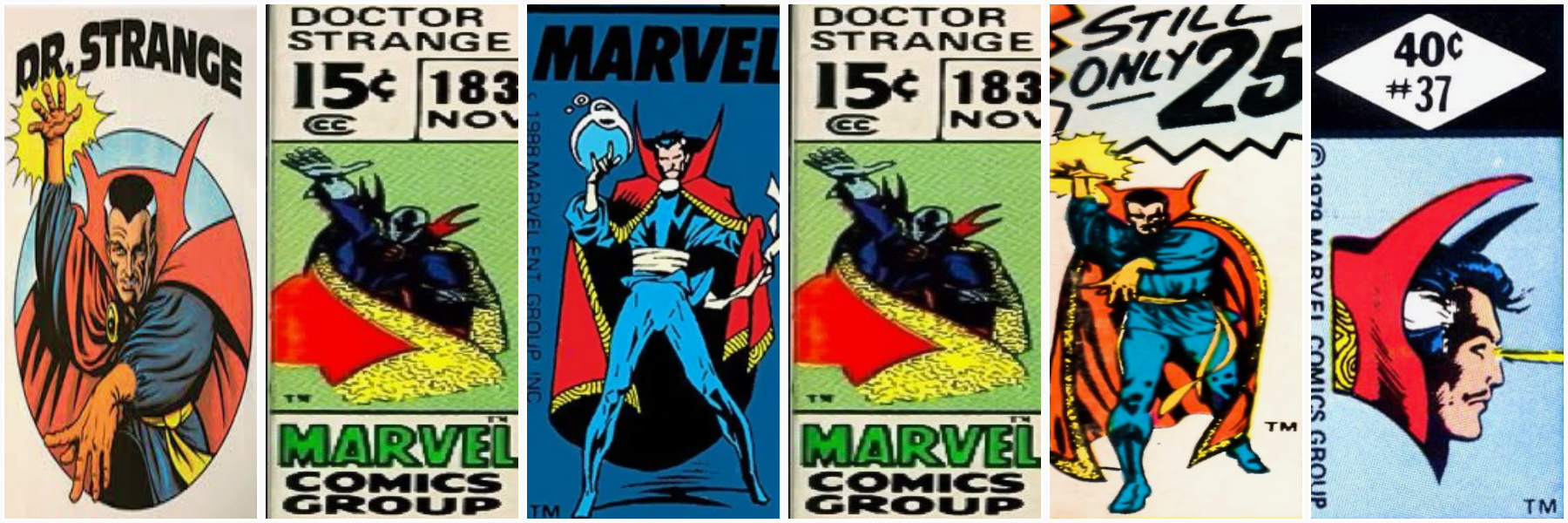
America’s love for movies is changing, and the divide is as much about dollars as it is about taste. While wealthier Americans are more likely to head to the cinema, many others are staying home and turning to streaming, highlighting a new split in how the country enjoys films. The gap is growing as ticket prices and living costs push movie theaters closer to luxury territory, even as millions still prefer the control and quality of watching at home.
A recent study by Octane Seating sheds light on how Americans are feeling about streaming video in 2025. The findings reveal widespread exhaustion with streaming platforms, highlighting what the study calls “streaming fatigue.” According to the research, only 11 percent of Americans finish the videos they start, while nearly 30 percent lose sleep every night because they cannot stop streaming movies, shows, or videos.
Millions of viewers admit to watching content they don’t even like just to stay in the conversation.
 image courtesy of Octane Seating
image courtesy of Octane SeatingThe study also finds that 89 percent of Americans abandon videos before completion, with 14 percent turning off content within the first 10 seconds. Despite efforts to crack down, more than one-third of Americans still share streaming passwords. While 61 percent say they rarely cancel their subscriptions, about 20 percent of younger viewers cancel and restart weekly to save money.
 image courtesy of Octane Seating
image courtesy of Octane SeatingStreaming costs continue to affect viewers. The majority of Americans pay for video content monthly, with only one in four using free platforms exclusively. Baby boomers are the most likely to avoid paid subscriptions, with 33 percent relying solely on free services compared with lower rates for younger generations. Women are also more likely than men to skip streaming subscriptions.
 image courtesy of Octane Seating
image courtesy of Octane SeatingWhen it comes to content preferences, streaming has not fully replaced traditional viewing habits. Nearly two-thirds of Americans still prefer watching movies and shows on a big-screen TV at home. Only 16 percent favor theaters as their primary place for movies. Gen Z viewers stand out for their higher theater attendance, with about one in five preferring the cinema and one in three attending theaters multiple times a month. Higher-income Americans show greater loyalty to theaters, with 25 percent preferring movie theaters compared to just 12 percent in lower-income groups.
 image courtesy of Octane Seating
image courtesy of Octane SeatingOne really surprising finding included that despite the push for streaming and digital only, two out of five Americans still buy physical media like DVDs or Blu-rays. There may be a few reasons for this. Physical discs still typically offer better picture and sound quality than streaming, which matters to people who want the best home theater experience. Plus, when you own a disc, you don’t have to worry about movies or shows being edited, or outright disappearing from streaming services since they often come and go. Not everyone wants to rely on streaming all the time, so even with all the options out there, there’s still a group who value owning physical copies for quality, control, and personal preference. We still think physical media is king.

The study also highlights that 71 percent of Americans still prefer full-length films instead of short videos, and that long-form content like movies and studio-quality shows remain popular, especially among younger viewers. Over half of Gen Z and millennial viewers say they prefer professionally produced shows rather than user-generated content.
Mental health effects from constant video access are mixed. About one-third of Americans feel no impact on their mental health, another third feel empowered or informed, while 33 percent say streaming content leaves them anxious, drained, or disconnected. Younger generations seem more sensitive to negative effects.
The study also highlights trends like “bed rotting,” when people spend long hours watching videos or scrolling on social media in bed. About 30 percent of Americans lose sleep daily due to streaming, with Gen Z particularly affected.

Regarding future tech, 63 percent of Americans are open to AI-generated video content, though it ranks lowest in desired content types. Many viewers remain cautious about AI replacing traditional storytelling.
While streaming dominates current viewing habits, financial concerns, streaming fatigue, and desire for quality and communal experiences will likely keep theaters and traditional viewing relevant for many. This wide-ranging study offers a detailed snapshot of the current state of American video consumption and shows that while streaming is popular, it is also causing fatigue and financial strain for many viewers. The full study is available for review at Octane Seating’s website.
****
















!["Superman" (2025) Brings Heart, High Stakes, and Surprising Twists [SPOILER-FILLED REVIEW]](https://www.supermansupersite.com/Superman_2025_Retro_Poster.jpg)

 English (US) ·
English (US) ·